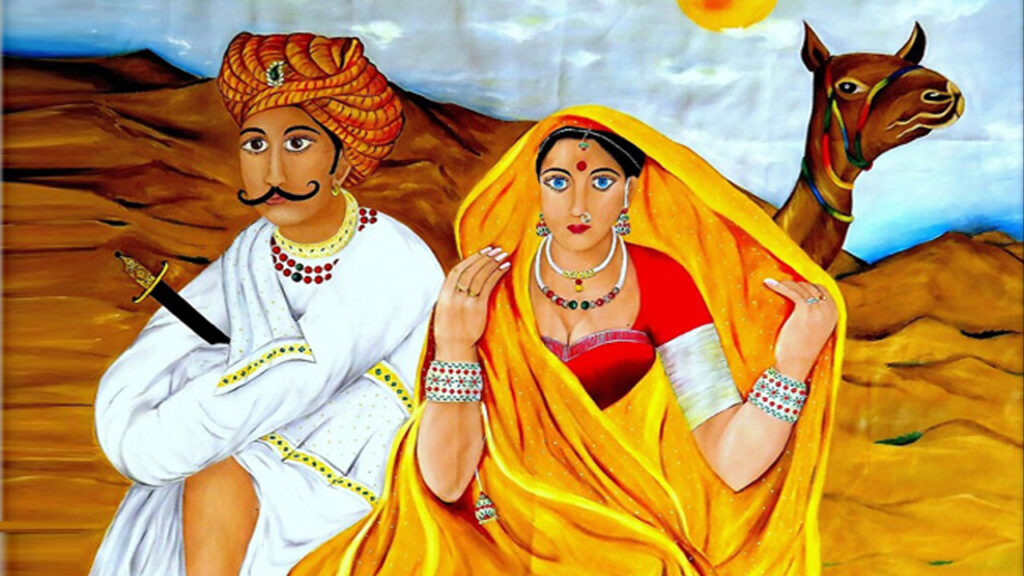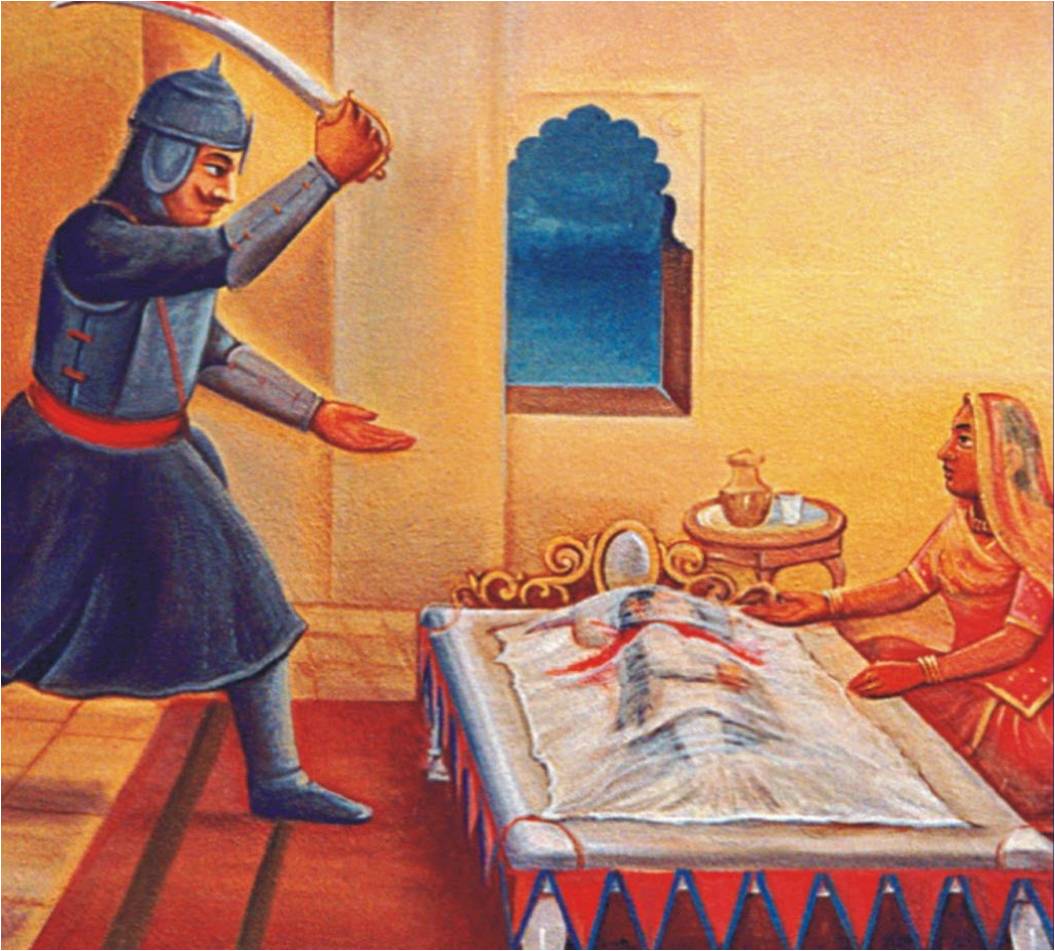What visuals do you have in mind when Rajasthan is mentioned? Is it the massive forts, the immense desert, or its extensive history and culture? The stories of valiant kings and queens, of animals, farmers, and nobles, as well as of sacrifice and love, are deeply ingrained in Rajasthani tradition. These folktales describe the challenges that Rajasthani people face on a daily basis. These people struggle every day to survive in the middle of the desert’s sand dunes.
Folklore education is more crucial than ever today. Children can learn about one of the ways that a culture instils a sense of moral behaviour through folktales. Reading these folktales to growing children is beneficial. These act as a window into their own culture as well as a doorway into other cultures. Let’s take a deeper look at a few of the well-known Rajasthani folktales that help kids concentrate more clearly on elements of the Rajasthani way of life.
1. Panna Dhai
A maidservant is the subject of Panna Dhai. She was responsible for raising Vikramaditya and Uday Singh, the sons of Rani Karnavati. King Vikramaditya, Rani Karnavati’s eldest son, ruled Mewar during the period. He was an extremely haughty and conceited ruler.
Banvir, a brave soldier, was chosen by the nobility to guard Vikramaditya. He exploited the circumstance to achieve his personal goals rather than defending the royalty. The warrior Banvir possessed a great deal of bravery. He thought Vikramaditya and his brother Uday Singh were the only ones blocking his path. He planned to assassinate both in secret. Banvir was discovered by a maidservant after killing Vikramaditya. She immediately notified Panna of the awful act when she saw his red sword. She later said that Banvir was on his way to get Uday Singh.
The youngest Uday Singh, the last surviving heir to the Mewar kingdom, was spared by Panna Dhai’s supreme sacrifice. Uday Singh was hidden in the basket by her. The future Maharana of the Mewar was shielded from Banvir by her fruit-covered body. When Banvir killed Uday Singh, Panna put her own sleeping son Chandan on his bed. After passing through towns and palaces, she sought asylum in another Rajput nation for a while before coming back to Mewar and restoring Uday Singh as the legitimate successor to the throne of Mewar. The crown of Mewar would be held by someone else if it weren’t for Panna Dhai, who showed bravery and sacrificed her own kid without a minute of remorse.
2. Dhola Maru

The Dhola-Maroo story pays tribute to Maroo’s devotion and forbearance, Dhola’s bravery, and their unwavering love for one another. The prince of Narvar, Dhola, and Maroo, the princess of Poogal, play significant roles in the narrative. They thus got married young, which was customary in Rajasthan. After his father’s passing, Dhola forgets about the union and weds Malwani, another princess. Then, under false pretences, the king of Poogal sent a group of folk singers to Narvar, where they are successful in informing Dhola about his marriage to Maroo.
Malwani and Umar Sumar’s barriers are surmounted by Dhola, who arrives at Poogal while greatly regretting his error. His cries are heard by a group of saints who, via divine intervention, use their supernatural powers to give Maroo life. Once more, the wicked Umar Sumar tries to kill Dhola with his weapon, but this time, Dhola-Maroo manages to flee by mounting a fantastic flying camel that a group of saints had given to them.
3. Hadi Rani
In Rajasthani folklore, Rao Chundawat Ratan Singh and his devoted wife Hadi Rani of the Handa Rajput Clan are buried. Few people are aware of the sacrifice and bravery that were used to destroy Aurangzeb’s army and reach the Zenith of immortality. In Rajasthan’s glorious past, particularly in Mewar, Handi Rani has a special place.
4. The Wishing Tree
This story revolves around a traveller who was passing through the Thar Desert and wanted to rest under a tree’s cool shade. Soon after, he found one and rested under its shade. After some time, the traveller wondered if there could be enemies or even a demon around. The next moment a demon appeared out of nowhere. Then the traveller wished aloud if the demon could disappear and lo and behold it did! He then realized that the tree was a wishing tree indeed, he thought of the things that he could wish for: from horses to the best of chetaks! Ultimately, This popular folktale of Rajasthan teaches an important lesson: be careful what you wish for because it can come true!
Be it roman folktales or these popular folktales of Rajasthan were designed to instil wisdom and critical thinking skills in the common folk. Therefore, these precious folktales continued to be told over generations to come. Today they represent the way of life, defeating evil and the tales of gods and goddesses and continue to educate children even today.
Come visit us at Sariska Manor and experiences the tales of old and visit these places filled with wisdom while experiencing the bliss of nature.
Featured Image credits: aishwaryasandeep.com




